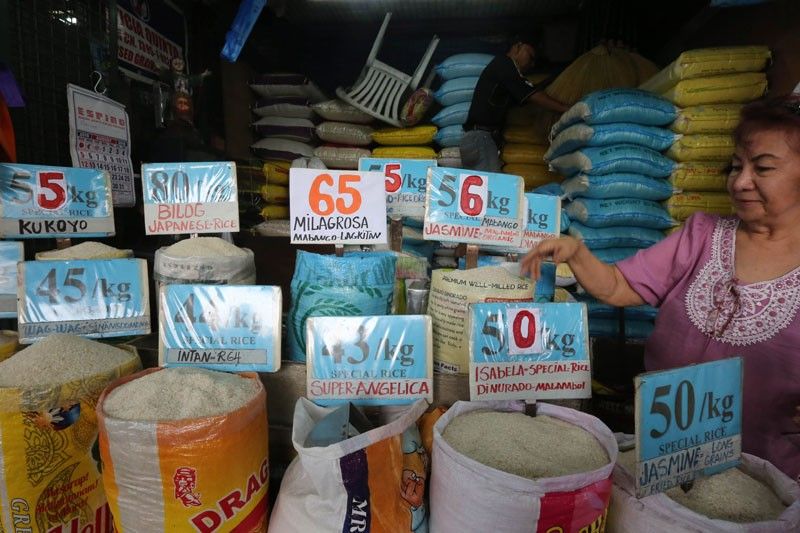Additional rice imports set for retailers

MANILA, Philippines — As the government plans to flood the market with rice, the Department of Agriculture targets to allow grain retailers to import up to 100,000 metric tons (MT) of rice to further help stabilize prices.
Agriculture Secretary Emmanuel Piñol recently met with the Grains Retailers’ Confederation of the Philippines Inc. and discussed the possibility of allowing retailers to directly import rice.
“I asked them why are they not importing when they are the ones who are actually selling? Right now, traders are the ones importing and then pass it to retailers,” Piñol told reporters yesterday.
“This is the reason why prices of rice are increasing because of additional layers,” he added.
The plan, however, will still be discussed among members of the interagency National Food Authority (NFA) Council that Piñol currently chairs.
Piñol’s proposal is to allow retailers to import from 50,000 to 100,000 MT of rice, which is outside the minimum access volume.
“The specific volume will be up to them. But once supply is finally stable and we are able to achieve the directive of the President to flood the market with rice, we will make a recommendation (if we will still continue that),” Piñol said.
“We cannot also hurt our local farmers with too much importation,” he added.
Last week, the NFA Council gave the green light for the procurement of additional 350,000 MT of rice to be sold exclusively to various supermarkets.
If the additional imports for retailers will be approved, total imports for the year will reach 1.7 million MT.
This includes the earlier 500,000 MT and the 750,000 MT yet to be auctioned.
Lower palay output
The country’s production of palay (unhusked rice) and corn will continue to incur setbacks in the third quarter of the year due to delayed plantings and effects of recent weather disturbances.
Based on the latest crops outlook of the Philippine Statistics Authority (PSA), palay production from July to September might reach 3.25 million MT, down 4.2 percent from the 3.39 million MT output in the same period last year.
Harvest area may shrink 3.4 percent and yield may also fall to 3.94 MT per hectare from the previous year’s level of 3.98 MT.
“The effect of the southwest monsoon enhanced by typhoons during the reproductive and maturing stages of the crop may cause the probable drop in palay production in most provinces of Northern Luzon. Bulk of the decrement may come from Nueva Ecija,” PSA said.
Meanwhile, corn production from July to September is expected to post a 16 percent drop to 2.18 million MT from 2.59 million MT in 2017.
Harvest may also contract to 784,000 hectares and yield might decline to 2.78 MT per hectare from 2.93 MT per hectare last year.
“The effects of the southwest monsoon which cut down the yield in Negros Oriental, South Cotabato and Sarangani may contribute to the decline in production. Yield in Cebu may decline due to insufficient soil moisture during vegetative stage,” PSA said.
Meanwhile, the Federation of Free Farmers Cooperatives (FFFC) is calling on the Senate to rethink its proposed version of the rice tariffication bill, which is to be finalized soon after President Duterte certified the bill as a priority measure.
FFFC board member Dioscoro Granada said the Senate version would basically remove any form of government influence over rice imports, consumer prices and palay farm gate prices.
“Flooding the market with imported rice and allowing traders to import rice without limits even during harvest time may indeed bring down prices in the short term. But as with TRAIN I, there seems to be very little study on the long-term effects of this policy on farmers and rural economies and the spill-over impacts on urban areas as displaced farmers are forced to migrate to the cities,” he said.
The group also lamented the lack of substantive consultations with stakeholders in the crafting of the bill, saying the Senate version was actually drafted by the National Economic and Development Authority and the Department of Finance, which have been pushing aggressively for full liberalization of the rice trade.
The FFFC maintained that it is important to preserve the authority of the NFA to license importers and equip government with tools to respond effectively during market failures and emergencies.
- Latest
- Trending































